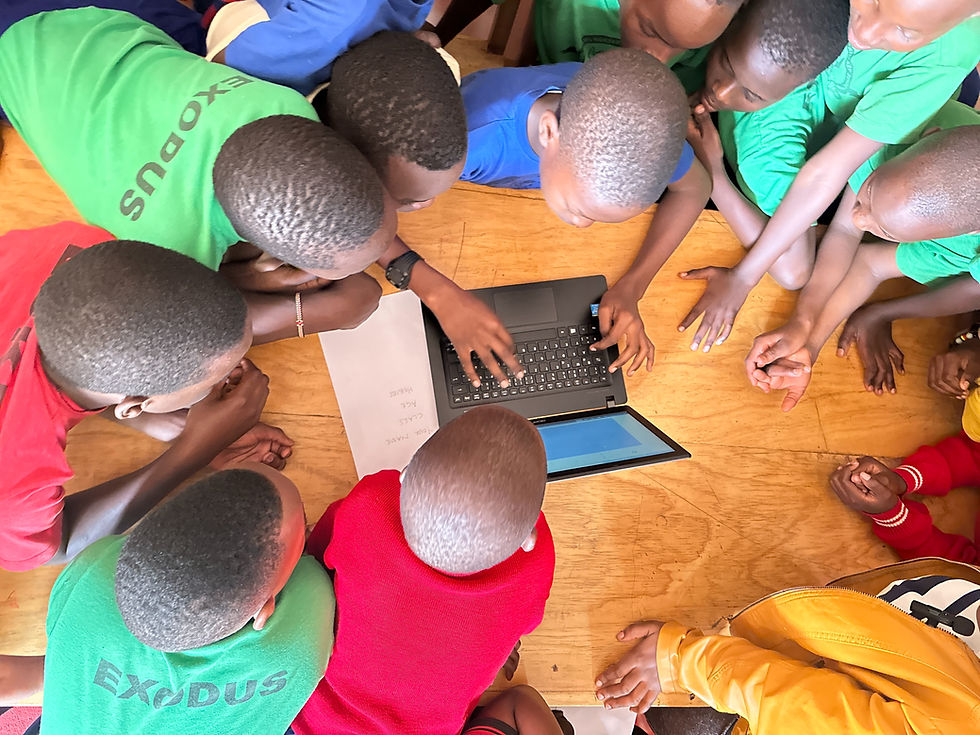Microfinance 101
- Jay Mawaka- Smith
- Sep 17, 2017
- 2 min read
Microfinance is the provision of financial services for people living in poverty who don’t have access to traditional financial services. Besides loans, microfinance includes other services such as savings, money transfer and insurance and allows low-income earners to finance income-generating activities and protect against risks.
Who is microfinance aimed at?
Microfinance is aimed at individuals who were previously considered “unbankable” by larger banking institutions. These are individuals who are possibly dealing in small amounts of money each day, living in hard-to-access areas, without credit histories or who don’t meet “traditional requirements” within the banking sector.
Shri in New Delhi with his new rickshaw, purchased through microfinancing.
When is it not suitable?
It’s widely accepted by socially driven microfinance institutions that microloans specifically are not appropriate in situations where they propagate a cycle of debt or dependence. For example, if a client is taking a loan to pay off another loan, this is (ethically speaking) considered very bad practice.
How can such small amounts of money make a difference to people’s lives?
A few hundred pounds may seem like a small amount, but loans of this size can make a huge difference to people running small businesses in developing countries. In countries like Zimbabwe and India, staff and overheads are much cheaper than in Europe. This means that entrepreneurs there can accomplish more with less money.
Studies have shown that a loan given to an entrepreneur in the developing world can be worth almost 60 times what it would be worth in a developed country. This means a loan of £500 could be worth as much to a small business owner in New Delhi as a loan of £30,000 to a business in the UK.
Successful businesses affect whole communities. They generate employment, bringing new money and boosting the local economy. This helps people to feed their families, access better healthcare, and send their children to school.
Why can’t commercial banks offer these services to people living in poverty?
People in developing countries often don’t have bank accounts or credit histories. This makes it hard to apply for loans from traditional banks. They may also lack legal documents enabling them to use their home as collateral. Often our entrepreneurs are self-employed and don’t have verifiable sources of income or have become a refugee. In most cases, credit bureaus and banks are unable to assess creditworthiness without correct documentation, regardless of whether applicants have good business plans or already run successful businesses.
In the UK, credit bureaus can access information on 84.6% of the adult population. For people with bad credit this might not be a good thing, but for the majority it makes life easier, helping them access credit and other essential banking services. In regions of the developing world, this infrastructure does not exist, making banking services difficult to access.
This does not mean that these people are not creditworthy. The growth of microfinance has shown that many poor people have good business ideas and entrepreneurial spirit, making them extremely capable of repaying loans.
Check out this powerful presentation for more information on Microfinance:https://www.slideshare.net/ishanparekh/microfinance-in-india-24928293







Comments